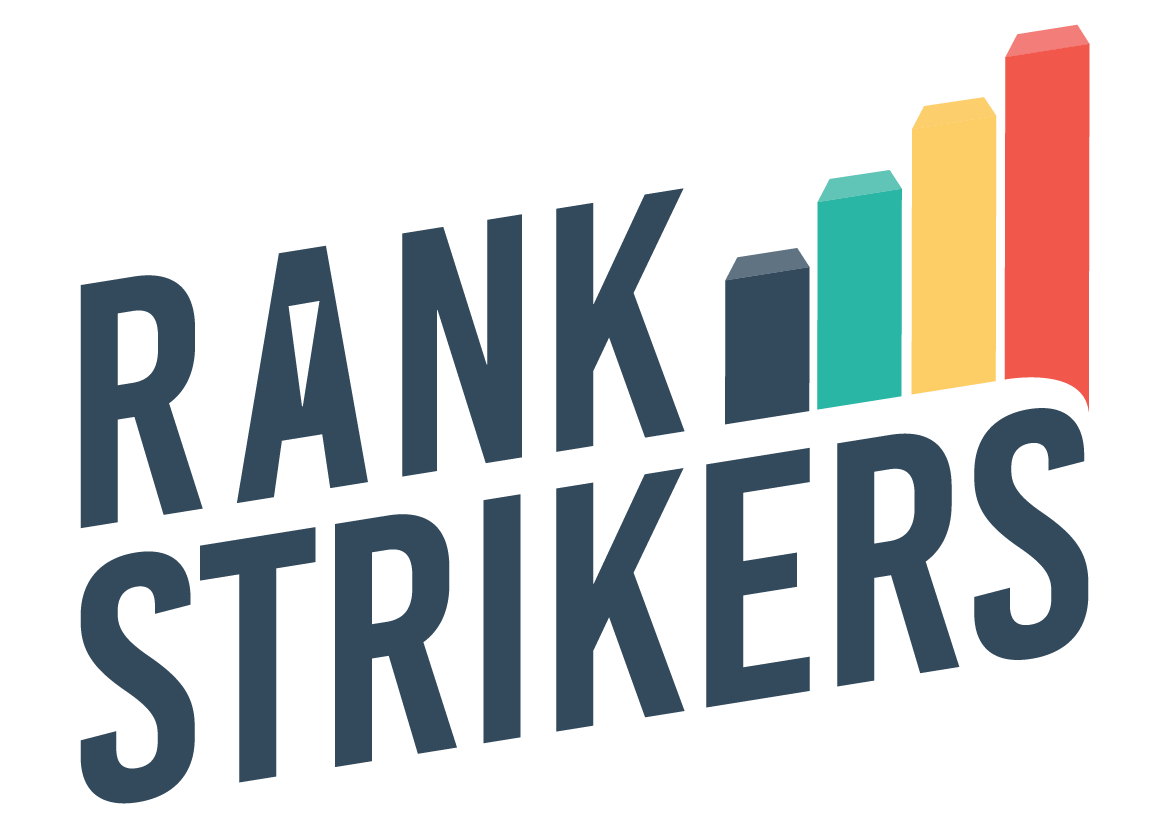How to Distribute Your Content Across Multiple Channels
You've poured your heart and soul into crafting compelling content, but the journey doesn't end at hitting publish. In today's digital landscape, content distribution is just as crucial as creation. To truly reach your target audience and make your voice heard, you need to spread your message across multiple channels. But with so many options available, where do you even begin?
Fear not, fellow content creators! This blog is your roadmap to multi-channel distribution mastery. We'll break down the key steps, explore effective strategies, and equip you with the tools to conquer the content universe.
1. Know Your Audience, Know Your Channels
Before you blast your content everywhere, understand who you're trying to reach. Research your target audience's demographics, interests, and online habits. Where do they hang out? What platforms do they consume content on? Answering these questions will guide your channel selection.
For example, a business targeting young professionals might thrive on LinkedIn and Twitter, while a brand focused on families might resonate more on Facebook and Pinterest. Remember, it's better to be targeted on a few channels than scattered and invisible on many.
Channel Selection 101
Social Media: Facebook, Twitter, Instagram, LinkedIn – these are the big dogs, offering massive reach and diverse demographics. But don't try to be everywhere at once. Choose the platforms your audience uses most and tailor your content accordingly. Think snackable snippets for Twitter, engaging stories for Instagram, and in-depth articles for LinkedIn.
Email Marketing: Your email list is your golden ticket to direct engagement. Craft targeted newsletters, share exclusive content, and offer valuable insights to keep your audience coming back for more.
Content Aggregators: Platforms like Medium, Quora, and Reddit can be goldmines for driving traffic. Share your best content, engage in discussions, and build your online authority.
Guest Blogging: Contribute guest posts to relevant websites and blogs to tap into new audiences and establish yourself as an expert.
2. Tailor Your Content for Each Platform
Each platform has its own unique language and format preferences. A lengthy blog post might not fly on Twitter, while a series of eye-catching infographics might not work on LinkedIn. Adapt your content to fit the platform's style and audience expectations.
For instance, you could:
Repurpose blog posts into bite-sized social media updates or create engaging video summaries.
Transform infographics into interactive quizzes or polls for social media.
Develop platform-specific content, like Q&A sessions on Instagram or live streams on YouTube.
3. Embrace the Power of Scheduling and Automation
Don't get bogged down by manually posting on every platform. Utilize scheduling tools like Hootsuite, Buffer, or Sprout Social to streamline your workflow. These platforms allow you to pre-schedule content across various channels, saving you time and ensuring consistent posting.
Additionally, explore automation features offered by some platforms. For example, Twitter threads can be scheduled to automatically unfold over time, keeping your audience engaged.
4. Leverage the Magic of Communities and Collaboration
Building relationships with other creators and communities can be a game-changer. Engage in relevant online groups, participate in discussions, and collaborate on projects. This not only expands your reach but also establishes you as a thought leader within your niche.
Guest blogging on other websites, co-hosting webinars, or participating in online challenges are all great ways to tap into new audiences and gain exposure.
5. Track, Analyze, and Refine
Distribution is an ongoing process, not a one-time event. Monitor your content's performance across different channels using platform analytics or tools like Google Analytics. Track metrics like engagement, reach, and click-through rates to understand what's working and what's not.
This data will help you refine your strategy, identify the most effective channels, and continuously optimize your distribution efforts.
Bonus Tips:
💡 Repurpose and Replicate: Squeeze Every Drop of Content: Repurpose your long-form articles into bite-sized social media posts, transform blog posts into infographics or videos, and turn podcast interviews into blog transcripts. This maximizes your reach without requiring you to constantly create new material. The possibilities are endless!
💡 Leverage Paid Promotion: While organic reach is important, strategically placed paid ads on social media or search engines can give your content an extra boost, especially when launching new content or targeting specific audiences.
Remember, Rome wasn't built in a day, and neither is a multi-channel content distribution empire. Be patient, experiment, and learn from your successes and failures. By following these tips and consistently putting in the effort, you'll see your content reach new heights and resonate with a wider audience.
I hope this blog helps you on your content distribution journey! Let me know if you have any questions or if there are any specific channels you'd like to discuss further.
Happy distributing!
Written by:


